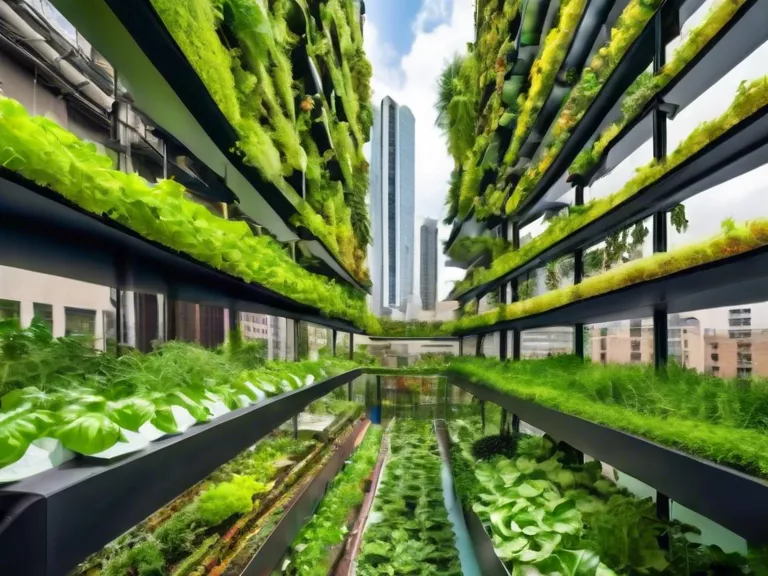
In a rapidly urbanizing world, the issue of food security in cities is becoming increasingly important. As the global population continues to grow, traditional agriculture methods may no longer be sufficient to feed everyone. This is where the concept of urban farming comes in, and one of the most promising innovations in this field is vertical gardens.
Vertical gardens, also known as green walls or living walls, are essentially gardens that are grown vertically rather than horizontally. This can be done on the façades of buildings, on rooftops, or even indoors. By utilizing vertical space, these gardens maximize the amount of fresh produce that can be grown in a limited area.
One of the key advantages of vertical gardens is their potential to provide fresh, locally grown produce to urban populations. This can help reduce the carbon footprint associated with transporting food long distances, as well as promoting a more sustainable and resilient food system.
Furthermore, vertical gardens can also help improve urban biodiversity by providing habitat for pollinators and other beneficial insects. They can also contribute to improving air quality and mitigating the urban heat island effect by providing shade and absorbing carbon dioxide.
While vertical gardens are not a silver bullet solution to the challenges of feeding cities, they can certainly play a significant role in urban farming of the future. By combining this innovative approach with other sustainable farming practices, cities can become more self-sufficient and resilient in the face of a changing climate and growing populations.



